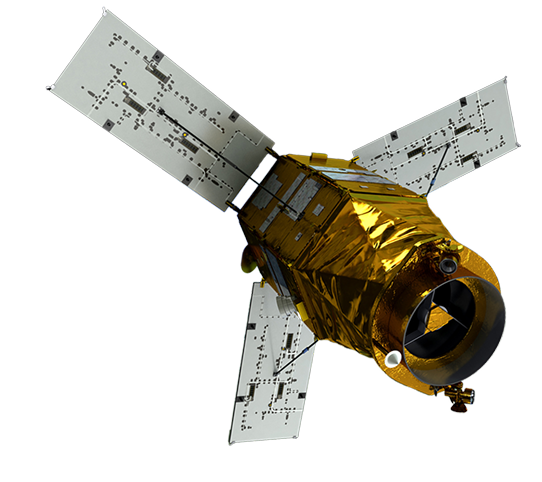

Multi-purpose Practical Satellite (Arirang) No.3
- Specification : Diameter 2.0 m, height 3.0 m, and weight 980 kg
- Operating orbit : Low orbit
- Mission : Earth observation
- Payload : Electro-optical camera (70 cm resolution)
- Launch date : May 18, 2012


As the first submeter-class, high-resolution earth observation satellite in Korea, Arirang 3 was developed to meet public demand and enter the overseas satellite image service market.
As part of Arirang 3's development, KARI developed satellite development processes including satellite system, payload, main body, system assembly, and test using independent domestic technology. It also developed a submeter-class optical payload (AEISS, Advanced Earth Imaging Sensor System) with resolution of 70 cm for the first time in Korea.
Demand for submeter-class high-resolution satellites increased with the commercial US IKONOS 2 (resolution 82 cm) launched in 1999 and Quickbird 2 (62 cm resolution) unveiled in 2001. In particular, IKONOS 2 was the first satellite to open the commercial application of high-resolution earth observation satellites.
At the time of development of Arirang 3, the US had the most advanced satellite image technology as France, India, Japan, Israel, China, Russia, and Germany had not yet developed submeter satellites. KARI has secured submeter-class high-resolution satellite camera technology through cooperation with European countries.
Arirang 3 has been orbiting Earth about 15 times a day at an altitude of 685 km and collecting high-resolution imaging data for public safety, land and resource management, and disaster monitoring through earth observation. It collects the images and provides commercialization service for satellite images. Having extended its mission life by two years twice after the initial four years of mission life, Arirang 3 will carry out precision earth observation until 2022.